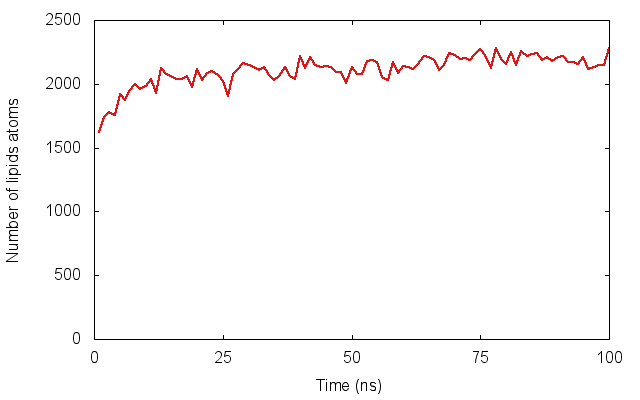So how did the workshop go? I thought it went a bit better than the first day, but, hey, I’m a bit biased. To get a better idea I sent the participants a similar questionnaire to the one I sent to the Software Carpentry workshop I organised before. Nearly all the participants (95%) agreed with the statement “I enjoyed the Software Carpentry workshop�? which is great, but I guess the aim is to help people change how they use computers to do research.
I now understand enough to try using the following tools/approaches
Asking “I now understand enough to try using the following tools/approaches�? gives a more nuanced view (see the graph on the left). Everyone seemed to understand shell scripting, but we can’t take all the credit as quite a few people would have known bash before. In fact, all the different elements of the syllabus were well understood, which shows the course and materials were going a good job.
I intend using the tools and methods listed below to help my research
How about: “I intend using the tools and methods listed below to help my research�?. Now we start to see some differences. Most people intend using shell scripting and python, maybe fewer people will pick up testing and git with only about half the participants thinking they would use SQL. Still, a good result.
Back in October 2012 the first Software Carpentry workshop I organised here in Oxford was hugely popular. We had to turn people away. I wondered if the demand might have reduced in the intervening time as more and more workshops have been run. But 95% of people thought “more workshops like this should be run in Oxford�?. So we are some way off saturated the demand.
From some of the comments at the end of day 1 I was a bit concerned about the speed at which we were moving through the material, so I asked whether “the instructors went too fast�?? 24% agreed, 52% disagreed and the rest were indifferent. I read that as the speed was ok: any faster and we would have lost more people, any slower and it would have become too boring for the more advanced participants. It was pleasing to see that everyone agreed with the statement “I feel I learnt something useful from the workshop that will help my research.�?!
Thanks to who volunteered to be the second instructor at short notice. A personal lesson for me is instructing is exhausting and it would be very difficult (and your teaching would suffer) to do one on your own. Also thanks to the helpers: and from and from the . Finally thanks to the who not only helped with the admin, but also have supported myself and Jane through their this past year.



